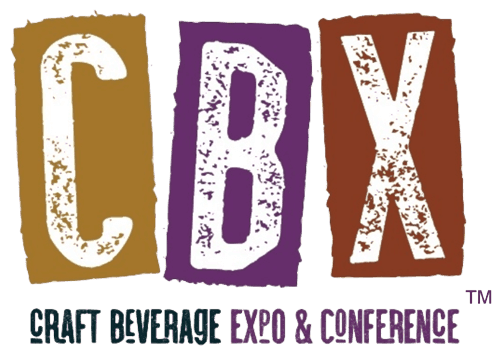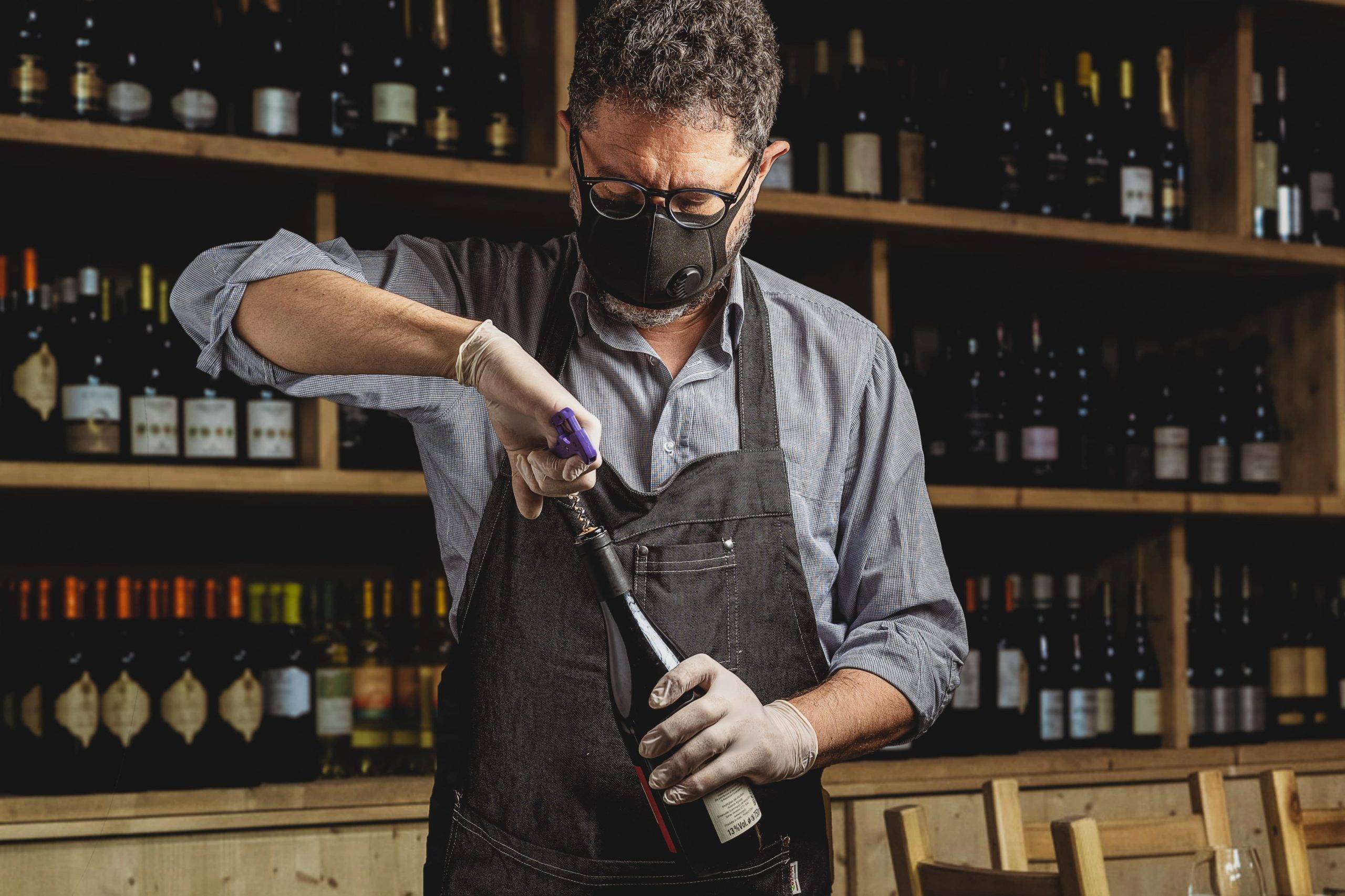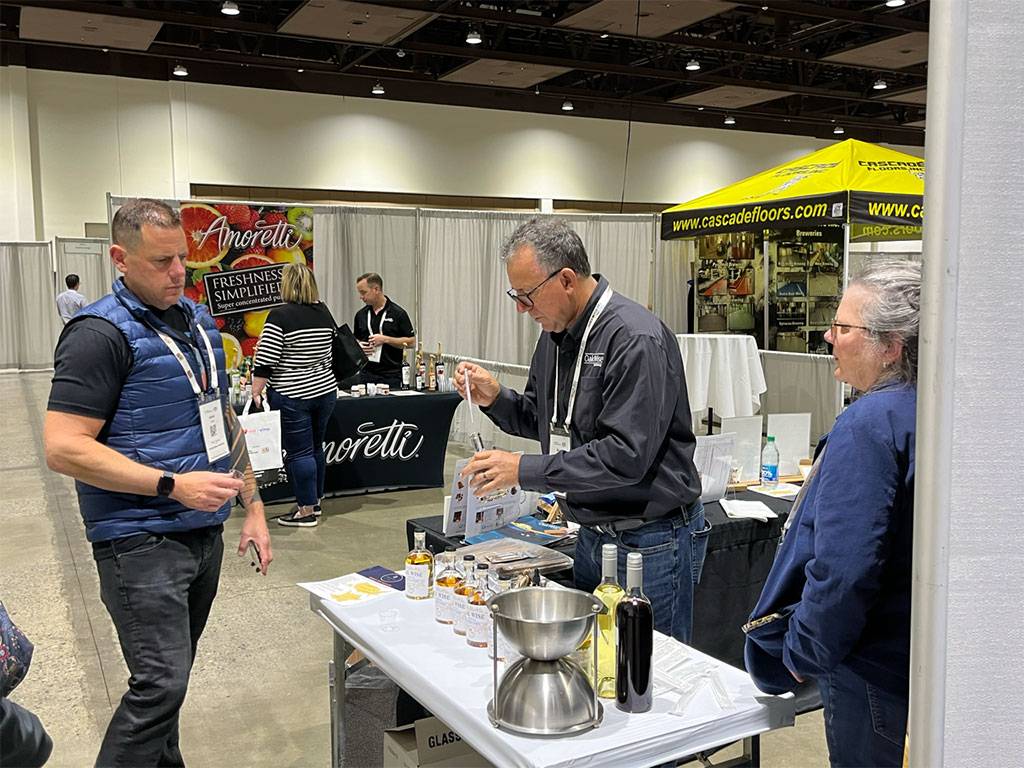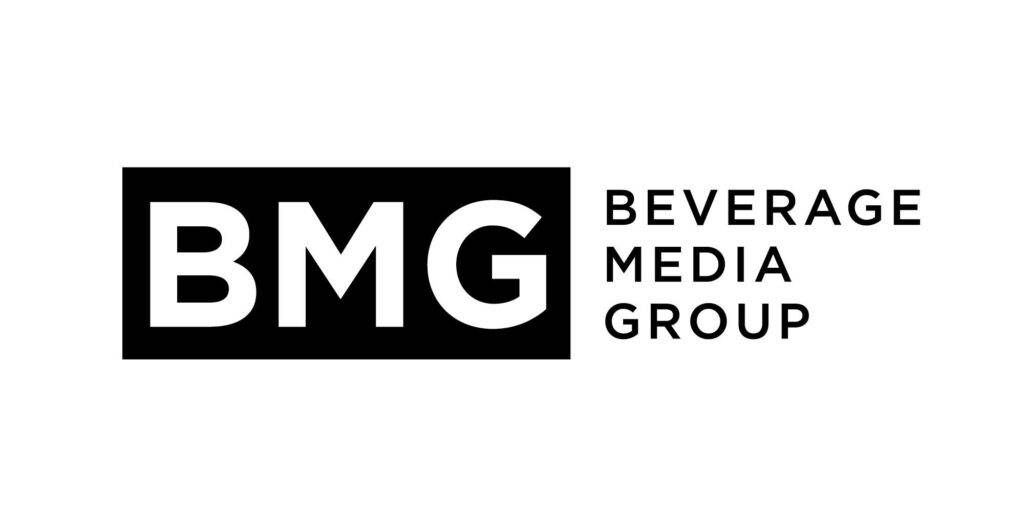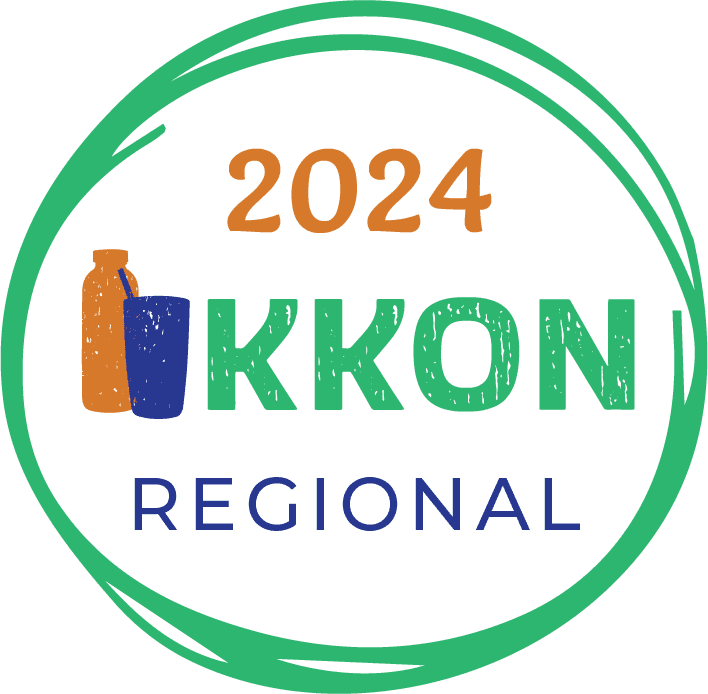As a fellow member of the craft beverage industry, you’ve likely already felt the impact of COVID-19 on your business. It’s been tough to watch the ongoing shutdowns of breweries and brewpubs — some even for good. Yet, many believe that people are drinking more — just at home.
To provide more perspective about what’s been happening in the industry as a whole, we put together some of the latest facts, figures, and analysis.
It Was Good Until It Wasn’t
In a half-year analysis of the craft brewing industry, the Brewers Association found that the first two months of 2020 were on pace with 2019, showing steady growth. Although the beginning of the year after the holidays tends to be slower, there were still signs of healthy sales.
Then, as we know, it all changed. It’s not melodramatic to say that what was a robust, thriving industry was devastated in a matter of weeks.
During the first few weeks of March, the Brewers Association’s first survey around the impact showed halted production and the first signs of layoffs. During the next phase and survey, which ran through mid-April followed by further analysis up until mid-May, there were good and bad signs for our industry.
Changing regulations allowed breweries, brewpubs, and restaurants to allow alcohol-to-go along with food orders. Purchases were mainly from grocery stores and beverage retailers. As the economy began to tentatively re-open in many parts of the country, sales slowly started to tick up in those areas into mid-June.
However, with rising cases and hospitalizations, many parts of the country are retreating back to closing back up again. This has led other areas that are still open to experience a slow-down in on-site customers. Yet, grocery retail sales remain the leading positive note through the pandemic changes.
The Struggles Remain
COVID-19 has perhaps been one of our industry’s biggest challenges. Many are in the fight of their lives to survive. Beverage Industry Magazine shared the results of a survey of craft distilleries by the Distilled Spirits Council of the United States (DISCUS) and the American Distilling Institute (ADI).
They reflect the struggles of all craft beverage makers, with either laid off or furloughed employees not to mention concerns about whether they will be able to sustain businesses for the rest of the year if this current situation continues. The American Craft Spirits Association (ACSA) of more than 150 craft distillers found 87 percent of craft distillery tasting rooms have closed due to COVID-19, while 60 percent of distilleries laid off or furloughed staff. Government stimulus has helped many, but we need to start seeing signs that recovery is coming.
And, the COVID-19 impact on craft beverage makers goes far beyond the restaurants, retailers, and breweries. This has adversely impacted many areas of our supply chain, including agricultural products and ingredients, equipment like stills, and supplies that include bottles and barrels.
What’s Ahead?
When we think in terms of recovery, it’s easy to go back to the picture we all have in our heads of what the industry once looked like. As for many industries and businesses, recovery may be something entirely different than what we are accustomed to. While there are opportunities and lessons to help guide us, there is also a lot of work to do.
In guessing what this new normal looks like, many foresee fewer breweries overall, an evolution of the taproom model, and other channels like takeout and packaged beer. Other craft beverage segments will have to adapt as well.
Planning Together
It’s painful to see and experience. Yet, we are fortunate to be part of one of the most resilient and determined industries. We’re ready to take on what 2021 has collectively. Let’s meet up and discuss our plans and ideas for the coming year at the Craft Beverage Expo.
It’s still scheduled for Louisville, Kentucky from November 30 to December 2. There will be panels and thought leaders, networking, and an expo. Stay an extra day and also be part of Women in Craft on December 3. Register here.
